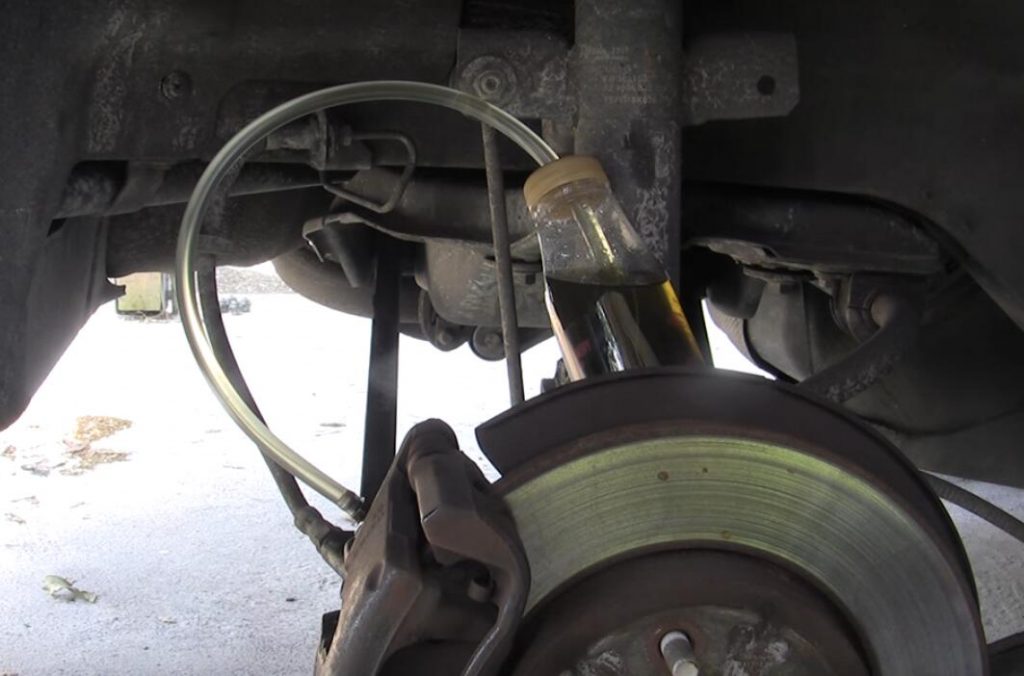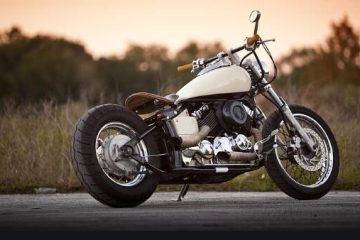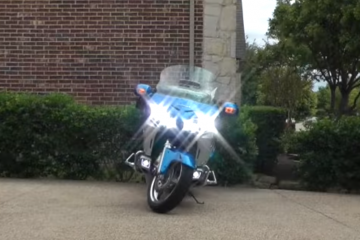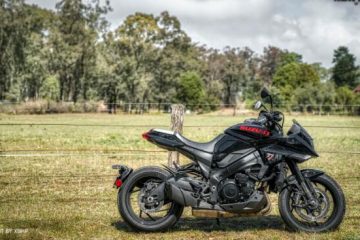A typical motorcycle upkeep task is to change the hydraulic fluids in the brake and clutch systems. Flushing and bleeding your brake system at least once each year is important for keeping optimum performance from your brakes. Motorcycle owners require the brake fluid as the brakes are considered to be the most crucial safety on a motorcycle. Without them, there is no chance of slowing down or avoiding obstacles. This may appear like an obvious truth that brake fluid is an important thing in which drivers ought to pay attention to one of the most. Consider brake fluid examines to help yourself get the best option.

Start with opening your valve and keep pumping the air pump. You’ll want the pump to maintain a reading of in between 15 and 20 inches of mercury (a typical measurement of vacuum) to guarantee that it’s pulling the brake fluid and air out at a stable pace. It can in some cases help to keep one hand on the hose pipe and adapter covering the bleed valve to keep a tight seal and prevent it from coming off.

And then the ATE designs of the swinging caliper type disc brakes have an adjustable camera at the bottom of the brake caliper. This cam part must be cleaned up, lightly greased and adjusted correctly. You can use an ink marking pen on the inside of the disc, & adjust the camera to offer equal erasure as the brake is extremely lightly applied, wheel rotated. If inaccurate, braking is poor, & screeching more likely.

Last, press the caliper pistons revoke the way. The pistons should be easily noticeable behind where the brake pads when were. Before you can install your brand-new brake pads, you should push these pistons as far back into the caliper cylinder as possible. This will keep the pistons out of the way while you set up the brand-new pads, and ensure that the new pads are flush with the caliper sides. On bikes 250cc or less, you may be able to push the pistons back by hand. For larger bikes, push them back with reverse pliers or a large blade flathead screwdriver.
Frequently inspect your transmission fluid, your brake fluid, your power guiding fluid, and your coolant. These fluids make up the lifeblood of your motorcycle, and checking them regularly can assist nip small issues in the bud, conserving you from breakdowns and costly repairs. You could also inspect the lights if it’s foggy or dirty, and change the headlight bulb regularly. We recommend you to choose 9005 led bulbs, which is brighter and energy-saving. Various motorcycles need various kinds and amounts of fluid. Read your manufacturer’s handbook to learn more.



0 Comments